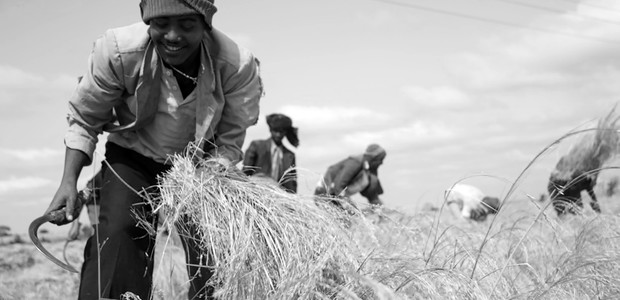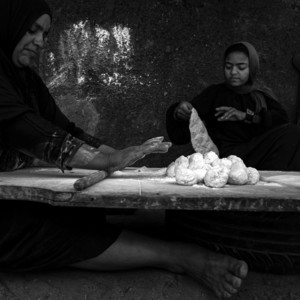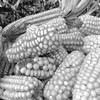DirectionsEat ancient grains to ward off future food insecurity

A tiny seed varying in colour from deep reddish-brown to silver and white, the ancient Ethiopian grain known as teff, is currently a staple for tens of millions of people in Ethiopia. Worldwide, teff is being hailed as a “superfood” and experts say teff has the potential to boost food security in Ethiopia and beyond substantially.
Known by its scientific name eragrostis, or ‘lovegrass’ to others, teff is native to the Horn of Africa region, notably Ethiopia and Eritrea, where people have been cultivating it for its edible seeds for 4,000 years.
In terms of adaptability to environmental factors, no plant producing cereal equals it [teff].”
The word teff originates from the Amharic word “teffa” which means “lost”, due to the incredibly small size of grain (seeds are 1/32 of an inch in diameter).
An Ethiopian Agronomist Dereje Mekonnen says, “teff has endured the test of time due to its incredible resistance to changes in weather and plant diseases, traits most grass species share. In terms of adaptability to environmental factors, no plant producing cereal equals it.”
Dereje marvels at not only the circumstances in which people first came to know teff as an edible grain but also at the process of turning the grain into food. One food product is called “injera” – a sourdough flatbread baked from teff flour. First, it is made into a paste, and with an application of the proper amount of yeast, it ferments and swells before it is thinned down with water and baked.
According to Dereje, there has been no research that traced the very time in history when people in this part of the world began turning teff into injera. But a lot of literature refers to injera in the very form we know today, which became the central part of Ethiopia’s cuisine.
Injera is eaten with a wide range of cooked, roasted, and stewed or sautéed dishes – meats, vegetables and grains. Injera, which is circular, is rolled out over a tray and sauces are poured over it. Pieces are torn off and used to sop up the sauces.
Researching the grain’s potential
In Ethiopia, research on teff began in the 1940s; but it was not until the 1970s that outcomes were released. Dr Kebebew Assefa is a lead researcher with the National Teff Research Program at the Debrezeit Agricultural Research Centre, which is one of the centres under the auspices of the Ethiopian Institute of Agriculture Research.
“Most of our research on teff was focused on productivity, and good results came out at various times over the decades,” he said. “Yield per hectare has only been 7 to 8 quintals (700 - 800 kilograms) when research had begun. Today, yield increases get up to 17 quintals (1,700 kilograms) per hectare, most of which they sell for cash,” he said.
It [teff] is a staple food for about 70 million of more than 100 million people in Ethiopia.”
Dr Kebebew cited a Central Statistical Authority estimate that shows that there has been a 0.6 percent annual increase in the productivity of teff.
Through the research, 42 improved varieties have come out of which 24 were the result of research conducted by the Debrezeit Research Centre. “We have been able to produce such high yield varieties as quncho, bozet, korra and dagim.”
For him, the attention given and finances allocated for the research and development of teff has never been adequate. “Resources for this aspect have always been negligible. Teff accounts for a USD 4 billion business in Ethiopia, and we estimate that it is a staple food for about 70 million of more than 100 million people in Ethiopia.”
“Of the total amount circulated across the teff value chain – from farm to plate – only one percent goes to research.” Both Dereje and Dr Kebebew agree that research on Teff should be intensified as the tiny grain holds a great potential to provide a solution to food insecurity in a region that is often hit by droughts.
According to Dr Kebebew, teff grows in areas whose altitudes vary from sea level to 3,000 kilometres above sea level. “It is a unique plant that resists both too much moisture in the soil as well as too little moisture.”
Teff grows and matures with very little water.
“In terms of water consumption, a teff kernel can germinate, grow and mature with very little water. Once it germinates it often grows and bears seeds,” the lead researcher said.
When it comes to nutritional value, Dereje adds that teff is today recognised as one of the “super-foods” even in U.S. and European markets. “It has been found that teff is non-gluttonous, is rich in calcium and protein and can ward off a craving for more food once eaten at any time of day.”



